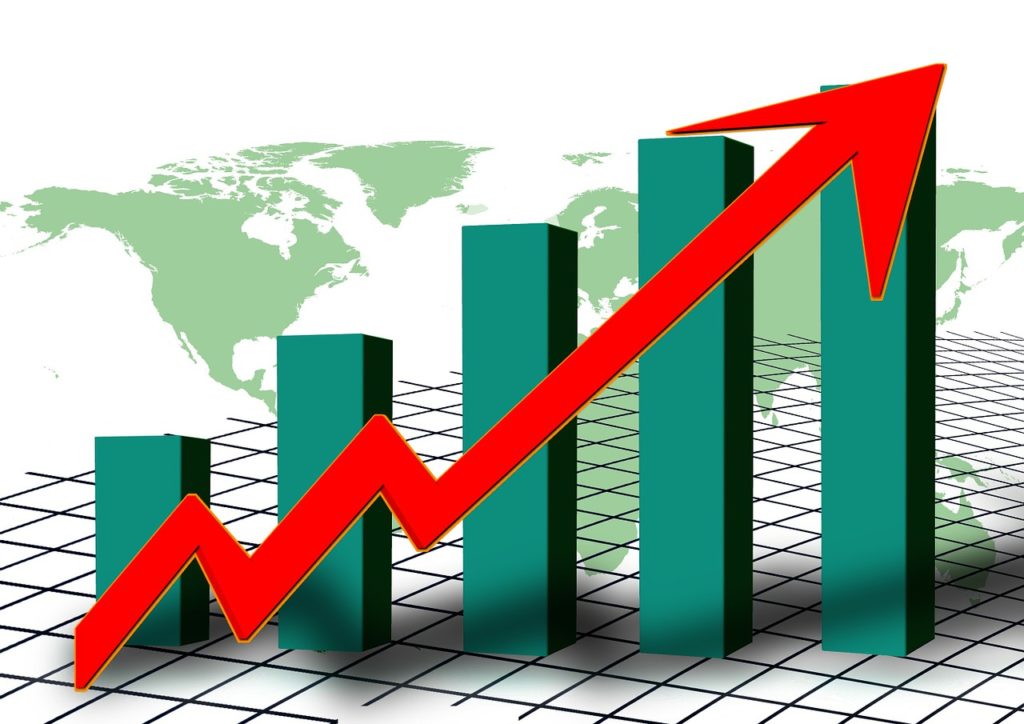The bankruptcy process can provide a fresh financial start for consumers who cannot pay their debts, either because of insolvency or insufficient income to meet creditor demands. Personal bankruptcy generally works in one of two ways: liquidating assets to pay one’s debts under Chapter 7 of the U.S. Bankruptcy Code or establishing a repayment plan under Chapter 13 of the code.1
Under a Chapter 7 liquidation, a debtor generally can achieve a fresh financial start more quickly than under a Chapter 13 repayment plan, which can last up to five years.2 However, under Chapter 13, a debtor may be able to save a home from foreclosure, reschedule secured debts and extend them over the life of a Chapter 13 plan (possibly lowering the payments or interest rates), and consolidate debt payments to a trustee who then handles distribution to creditors.
Both nonbusiness and business bankruptcies are available. This article focuses solely on nonbusiness filings as nonbusiness bankruptcies accounted for 97 percent of bankruptcies during the 12-month reporting periods ending Sept. 30, 2006, through Sept. 30, 2021.
